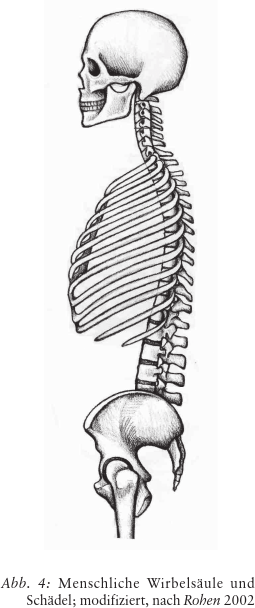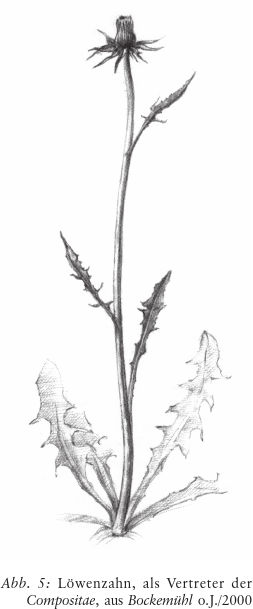Milch und Denken. Ansatz für einen bildhaften Begriff von Lebensmittelqualität
Export Article Citation as
- Plain text
- BibTeX
- RIS format
- Download price : € 6.00
Abstract:
The claim for a ‚holistic view‘ is often made for scientific classifications of food produced organically, particularly biodynamically. Firstly, this holistic view may be based on comprehensively taking into account all the factors involved in production, but it should also be understood to mean that food itself should be regarded as an indivisible entity that cannot be composed of individual constituents treated as building blocks. Secondly however, much importance is attributed to individual molecular constituents in characterising the quality of organic foods, whether it concerns undesirable toxins or desirable vitamins, fatty acids and trace elements etc. In this paper an attempt is made to integrate a molecular-biochemical perspective of milk quality - polyunsaturated fatty acids - with various other perspectives, like landscape, behaviour and physiology of the cow and physiological impacts of these fatty acids on man, into a holistic overall concept of quality, which may ‚only‘ be developed pictorially, allegorically. This is intended to make a broader understanding of milk quality accessible.




